The BRC has made over £1 million of investment into mental health research, giving eight awards to early career researchers. The projects include diagnostic categories and classification, drug repurposing, subjective awareness, risk factors for disease, amotivation, maladaptive memories’ and delusion.
Professor Rob Howard, BRC Mental Health Theme Lead, commented: “With our partners in Camden and Islington NHS Trust, the UCLH BRC and Mental Health researchers at UCL, we are committed to building capacity through the support of early career clinical academic colleagues. Our funding has been allocated in ways that we believe will help the young researchers highlighted in this piece to gain their own fellowships for the next stage in their careers. Special thanks should go to the CandI, UCLH and UCL colleagues and laboratories that have generously hosted and supported the fellows”.
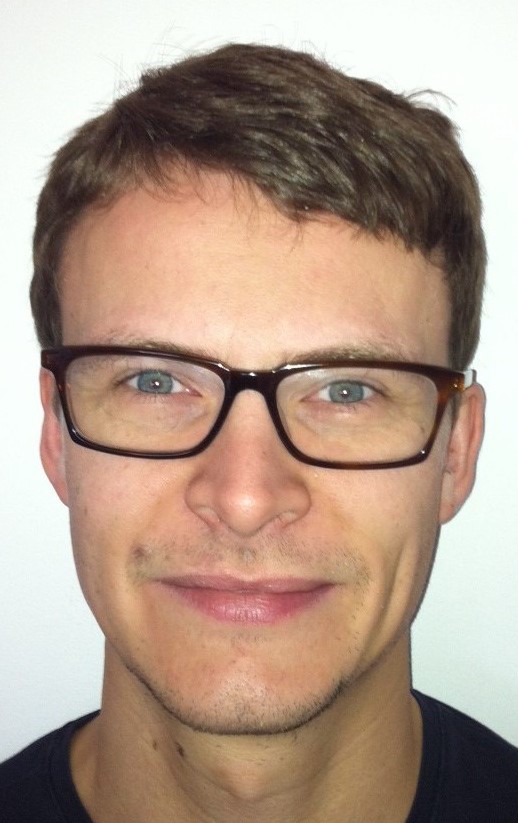 Dr Rick Adams will address some key challenges in psychiatric neuroscience: Can we change diagnostic boundaries to reflect underlying neurobiological subtypes of mental illness? Can we use those subtypes to predict outcome in those at risk of psychosis? Lately, the Diagnostic and Statistical Manual of Mental Disorders (DSM-V) has received a lot of negative publicity, with many criticizing mental illness diagnoses for being too categorical and only based on symptoms, and not on underlying neurobiology or other markers. Whilst there is some truth to these claims, it remains very unclear what should replace the DSM. This study will use machine learning techniques (algorithms that can find similarities in very complex – e.g. imaging – data and group similar subjects into clusters) to find subtypes of psychotic illnesses in large datasets comprised of subjects with diagnoses of schizophrenia and bipolar disorder. The data themselves come from functional MRI and EEG experiments. Evidence of these subtypes will be explored in datasets comprised of subjects with ‘prodromal’ (i.e. early phase) symptoms of psychosis, and see if the
Dr Rick Adams will address some key challenges in psychiatric neuroscience: Can we change diagnostic boundaries to reflect underlying neurobiological subtypes of mental illness? Can we use those subtypes to predict outcome in those at risk of psychosis? Lately, the Diagnostic and Statistical Manual of Mental Disorders (DSM-V) has received a lot of negative publicity, with many criticizing mental illness diagnoses for being too categorical and only based on symptoms, and not on underlying neurobiology or other markers. Whilst there is some truth to these claims, it remains very unclear what should replace the DSM. This study will use machine learning techniques (algorithms that can find similarities in very complex – e.g. imaging – data and group similar subjects into clusters) to find subtypes of psychotic illnesses in large datasets comprised of subjects with diagnoses of schizophrenia and bipolar disorder. The data themselves come from functional MRI and EEG experiments. Evidence of these subtypes will be explored in datasets comprised of subjects with ‘prodromal’ (i.e. early phase) symptoms of psychosis, and see if the 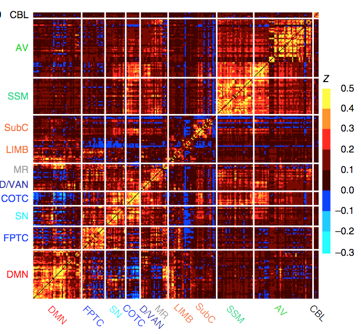 subtype information can predict outcome better than current techniques.
subtype information can predict outcome better than current techniques.
 Dr Joseph Hayes will utilise computation to examine possibilities of repurposing in psychiatry. Drug-repurposing, which finds new indications for existing drugs, has recently emerged as a viable, efficient, low-risk and cost-effective method of drug development. Accordingly, there has been a growing effort to develop computational approaches to predict drug-repurposing associations, and large numbers of potential drug repurposing signals are being predicted. However, validating these potential signals and determining the appropriate next steps (e.g. to justify conducting a clinical trial) remains a major challenge. This study will use large electronic health record databases to validate potential drugs for repurposing in psychiatry. Initially this study will focus on two psychiatric illnesses associated with notable
Dr Joseph Hayes will utilise computation to examine possibilities of repurposing in psychiatry. Drug-repurposing, which finds new indications for existing drugs, has recently emerged as a viable, efficient, low-risk and cost-effective method of drug development. Accordingly, there has been a growing effort to develop computational approaches to predict drug-repurposing associations, and large numbers of potential drug repurposing signals are being predicted. However, validating these potential signals and determining the appropriate next steps (e.g. to justify conducting a clinical trial) remains a major challenge. This study will use large electronic health record databases to validate potential drugs for repurposing in psychiatry. Initially this study will focus on two psychiatric illnesses associated with notable  morbidity: bipolar disorder and schizophrenia. However, the methods developed will be generalizable to the wider field of drug-repurposing. Drugs will be identified through review of repurposing literature. The lists will be reduced to drugs used currently in clinical practice. Specific to the drug in question, studies will be designed and conducted across a range of electronic health records. Analyses will include within-individual and between-individual designs using quasi-experimental approaches.
morbidity: bipolar disorder and schizophrenia. However, the methods developed will be generalizable to the wider field of drug-repurposing. Drugs will be identified through review of repurposing literature. The lists will be reduced to drugs used currently in clinical practice. Specific to the drug in question, studies will be designed and conducted across a range of electronic health records. Analyses will include within-individual and between-individual designs using quasi-experimental approaches.
Dr Jonathan Huntley will examine how people with severe dementia experience the world. When people have severe dementia it can be very difficult to know how much of their environment, feelings or thoughts they are aware of, and therefore how to improve their quality of life. Research in conditions where people have reduced awareness of themselves and their environment due to anaesthesia or brain injuries has demonstrated that by recording brain activity we can reliably measure a person’s awareness. The main method involves combining electroencephalography (EEG) with transcranial magnetic stimulation (TMS). TMS uses a magnet to produce a small electrical signal and the resulting electrical activity in the person’s brain can be measured using EEG. These measurements can then be used to provide a marker of conscious awareness. Magnetic resonance imaging (MRI) can also be used to measure brain structure and function to help assess awareness. We will use these non-invasive methods of measuring brain activity in people with severe dementia whilst they are resting and
also when they are listening to pleasurable music or looking at familiar objects. This study aims to improve our understanding of subjective awareness in people with severe dementia and investigate simple ways to improve awareness and quality of life.
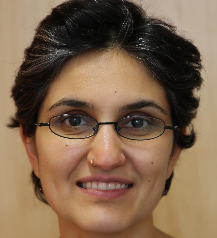 Dr Naaheed Mukadam will investigate risk factors for developing dementia, seeking to compare genetic and environmental risk factors for dementia in the South Asian British
Dr Naaheed Mukadam will investigate risk factors for developing dementia, seeking to compare genetic and environmental risk factors for dementia in the South Asian British  population compared to the White British population. This study will utilise existing cohorts and routinely collected primary care data to compare risk factors between these two groups. This will provide further insight into dementia disease mechanisms and may provide targets for more personalised dementia prevention and treatment in future.
population compared to the White British population. This study will utilise existing cohorts and routinely collected primary care data to compare risk factors between these two groups. This will provide further insight into dementia disease mechanisms and may provide targets for more personalised dementia prevention and treatment in future.
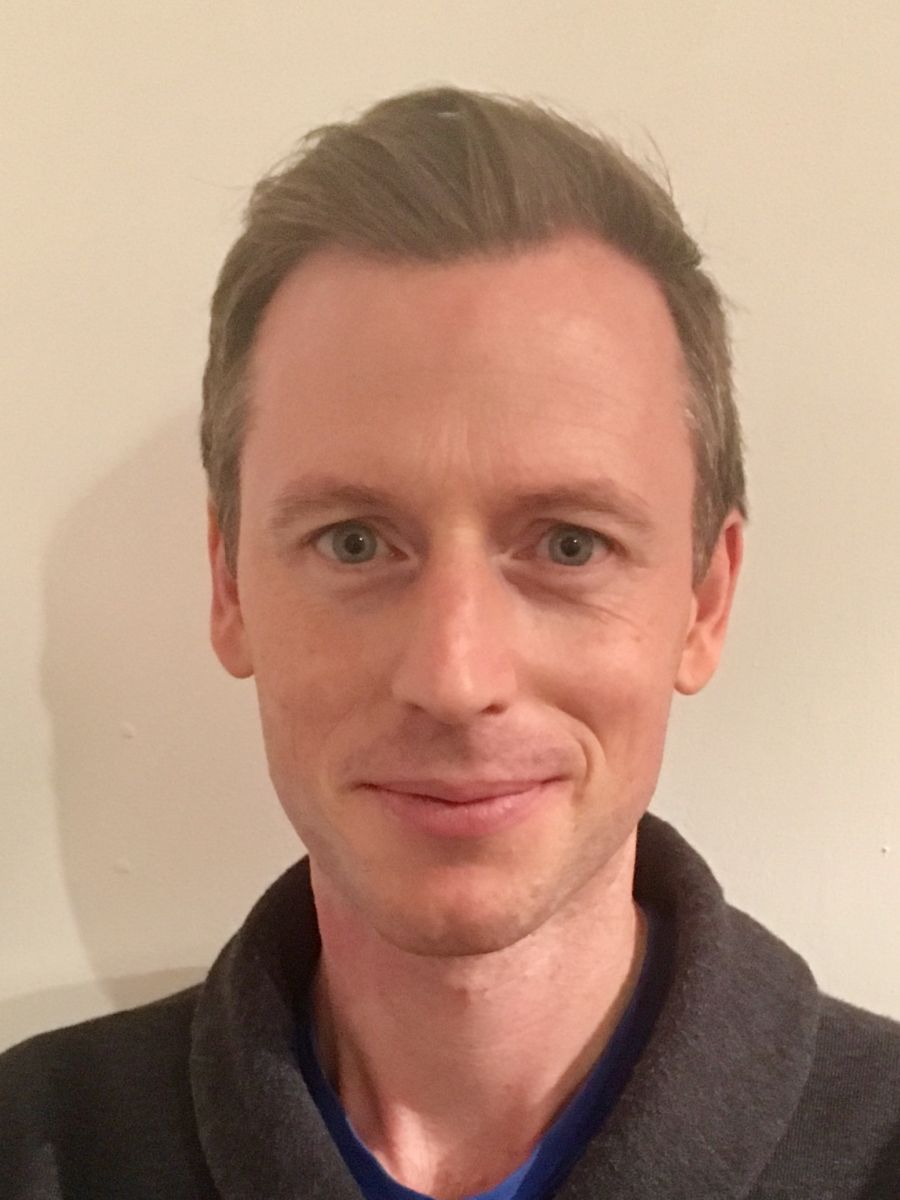 Dr Ciarán O’Driscoll will examine amotivation in psychosis. Amotivation characterises an important cluster of negative symptoms of schizophrenia. It constitutes of the experiences of apathy, loss of pleasure and asociality. Amotivation integrates contextual, reward processing, cognitive and affective processes, all relating to an individual’s ability to form future intentions and initiate action. The purpose of this study, supervised by Professor Paul Burgess and conducted at the Institute of Cognitive Neuroscience, is to investigate the mechanisms underlying amotivation in psychosis. We aim to quantify motivation objectively and test the hypothesis that amotivation constitutes a dynamic system of interacting variables. We will do this by developing objective
Dr Ciarán O’Driscoll will examine amotivation in psychosis. Amotivation characterises an important cluster of negative symptoms of schizophrenia. It constitutes of the experiences of apathy, loss of pleasure and asociality. Amotivation integrates contextual, reward processing, cognitive and affective processes, all relating to an individual’s ability to form future intentions and initiate action. The purpose of this study, supervised by Professor Paul Burgess and conducted at the Institute of Cognitive Neuroscience, is to investigate the mechanisms underlying amotivation in psychosis. We aim to quantify motivation objectively and test the hypothesis that amotivation constitutes a dynamic system of interacting variables. We will do this by developing objective 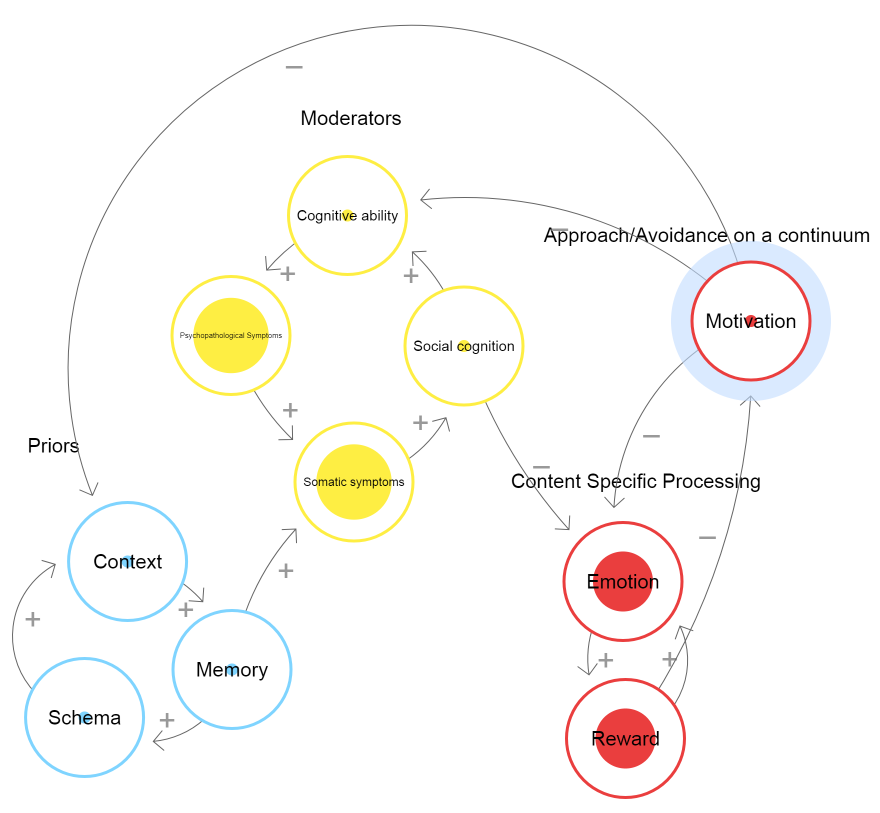 biobehavioural measures of amotivation. Using behavioural, physiological and imaging (FNIRS) tools, we aim for both real-time monitoring and tracking changes over time (for instance after starting medication or a psychological intervention) enabling us to identify what effect these interventions may be having on the brain. The expected benefits of this study are enhancements to our current knowledge about motivation in schizophrenia. With better measures to identify amotivation, this could aid in dissociating it from similar (and sometimes co-morbid) clinical presentations e.g. depression. In the long term, this study may help us to assess amotivation and provide targets for interventions; offering the potential to combine neuroimaging and clinical therapies in a meaningful way.
biobehavioural measures of amotivation. Using behavioural, physiological and imaging (FNIRS) tools, we aim for both real-time monitoring and tracking changes over time (for instance after starting medication or a psychological intervention) enabling us to identify what effect these interventions may be having on the brain. The expected benefits of this study are enhancements to our current knowledge about motivation in schizophrenia. With better measures to identify amotivation, this could aid in dissociating it from similar (and sometimes co-morbid) clinical presentations e.g. depression. In the long term, this study may help us to assess amotivation and provide targets for interventions; offering the potential to combine neuroimaging and clinical therapies in a meaningful way.
 Dr Laura Gibbon will investigate the implications of the current mode of disease classification. Effective treatments for mental health problems are urgently needed, however, outcomes have been slow to improve. One possible reason for this is that the diagnostic classification system is not the best framework within which to develop treatments and plan people’s care. In recent decades researchers have used factor analytic approaches to describe the structure of psychopathology. A range of transdiagnostic dimensions, representing the degree to which groups of symptoms co-occur, have been identified and these findings robustly replicated. There are indications that higher-order factors, which describe a tendency towards experiencing any and all symptoms, may provide important prognostic information. This body of evidence suggests that an empirically-based, hierarchical taxonomy may hold more promise for identifying and modifying the psychological and biological processes implicated in mental ill-health than the diagnostic system. The purpose of this study, supervised by Professors
Dr Laura Gibbon will investigate the implications of the current mode of disease classification. Effective treatments for mental health problems are urgently needed, however, outcomes have been slow to improve. One possible reason for this is that the diagnostic classification system is not the best framework within which to develop treatments and plan people’s care. In recent decades researchers have used factor analytic approaches to describe the structure of psychopathology. A range of transdiagnostic dimensions, representing the degree to which groups of symptoms co-occur, have been identified and these findings robustly replicated. There are indications that higher-order factors, which describe a tendency towards experiencing any and all symptoms, may provide important prognostic information. This body of evidence suggests that an empirically-based, hierarchical taxonomy may hold more promise for identifying and modifying the psychological and biological processes implicated in mental ill-health than the diagnostic system. The purpose of this study, supervised by Professors Peter Fonagy and Stephen Pilling is to investigate some of the clinical implications of this empirical-based hierarchical taxonomy. In particular, we will be reviewing indicators of higher-order factors and considering different methods of assessing these potentially highly-significant dimensions in routine clinical practice.
Dr Jeffrey McDonnell will implement an intervention that could treat PTSD. Memories have long been considered unchangeable once they are formed. Recent research and emerging technologies have, however, demonstrated this may not be entirely true. Under certain conditions, a memory, when retrieved from the store of personal experience, may temporarily enter a malleable or ‘labile’ state. During this period, aspects of the memory – for example, its emotional charge- may be altered. For mental health difficulties characterised by an undue and maladaptive influence of emotional memories on present day functioning (for example, post-traumatic stress disorder/‘PTSD’) this phenomenon represents substantial opportunity for developing and optimising therapeutic interventions. Working in the Clinical Psychopharmacology Unit at UCL, this study will examine whether single, targeted use of an easily accessible and inexpensive medical gas (nitrous
 oxide) during an experimentally-induced labile phase of memory retrieval lessens the impact of emotional memories in an experimental model of PTSD (represented by reduction in the incidence and/or severity of PTSD-like symptoms). Demonstration of such an effect, in a non-clinical population, will further allow for characterisation of its underlying mechanisms of action and will support trialling this approach in clinical populations (i.e. people diagnosed with PTSD). Findings, as such, may initiate significant progress in preventing, and treating many mental health difficulties characterised by ‘maladaptive memories’ using psychological and pharmacological approaches.
oxide) during an experimentally-induced labile phase of memory retrieval lessens the impact of emotional memories in an experimental model of PTSD (represented by reduction in the incidence and/or severity of PTSD-like symptoms). Demonstration of such an effect, in a non-clinical population, will further allow for characterisation of its underlying mechanisms of action and will support trialling this approach in clinical populations (i.e. people diagnosed with PTSD). Findings, as such, may initiate significant progress in preventing, and treating many mental health difficulties characterised by ‘maladaptive memories’ using psychological and pharmacological approaches.
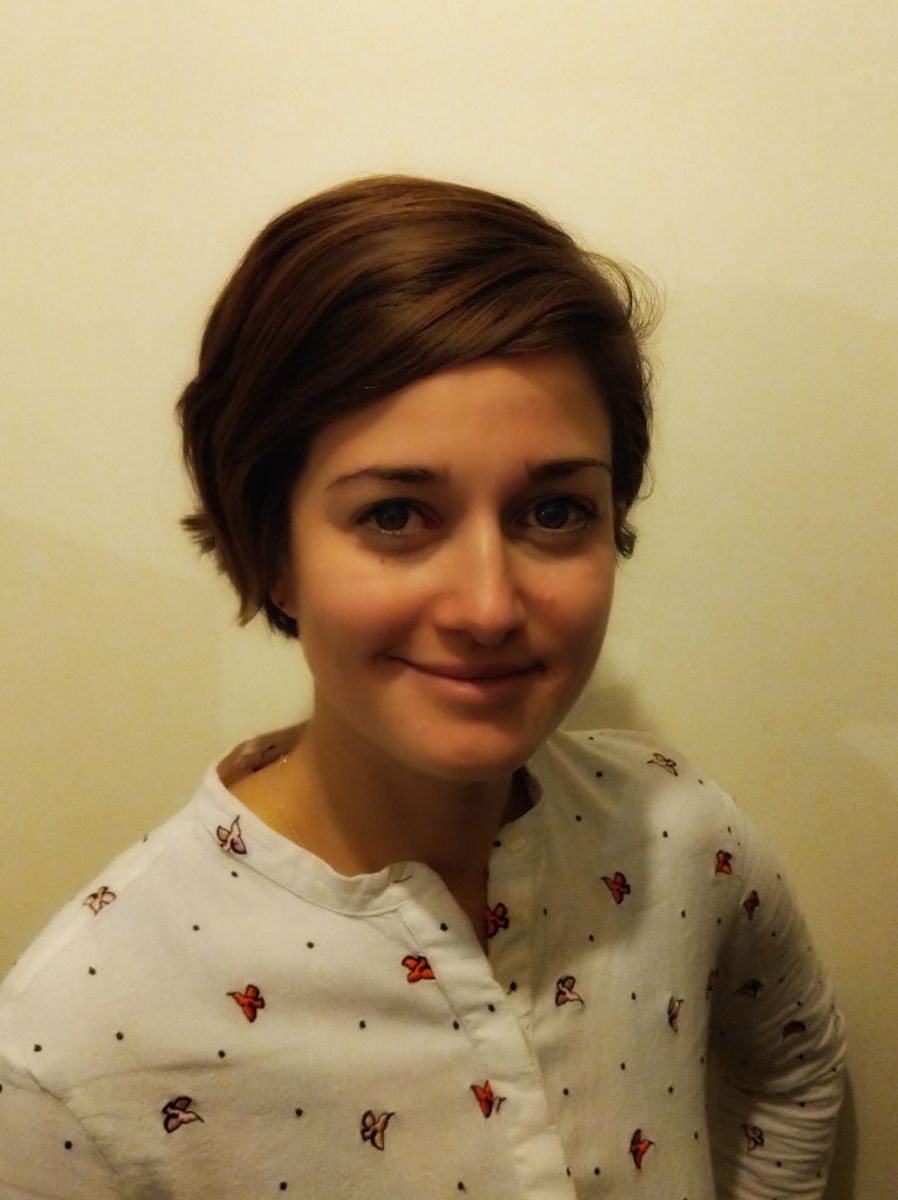 Dr Emma McLachlan will examine the origin of delusions in Alzheimer’s disease. Delusions are a common feature of several mental health conditions, including Alzheimer’s disease. They can be distressing for patients, their family members and their carers, but treatment options remain reasonably limited, particularly when treating delusions in Alzheimer’s disease. There is therefore an urgent need to explore the origins of delusions in order to identify new treatment targets. There is increasing evidence that delusions may share common causes across different mental health conditions, and therefore that understanding more about delusion formation in Alzheimer’s disease may lead to insights into how delusions develop more generally. Previous work implicated brain networks involved in processing memory for spatial and temporal context (identifying where or when something has been seen before) in development of delusions in Alzheimer’s disease. The aim of this study is to investigate firstly how reduced ability to attribute
Dr Emma McLachlan will examine the origin of delusions in Alzheimer’s disease. Delusions are a common feature of several mental health conditions, including Alzheimer’s disease. They can be distressing for patients, their family members and their carers, but treatment options remain reasonably limited, particularly when treating delusions in Alzheimer’s disease. There is therefore an urgent need to explore the origins of delusions in order to identify new treatment targets. There is increasing evidence that delusions may share common causes across different mental health conditions, and therefore that understanding more about delusion formation in Alzheimer’s disease may lead to insights into how delusions develop more generally. Previous work implicated brain networks involved in processing memory for spatial and temporal context (identifying where or when something has been seen before) in development of delusions in Alzheimer’s disease. The aim of this study is to investigate firstly how reduced ability to attribute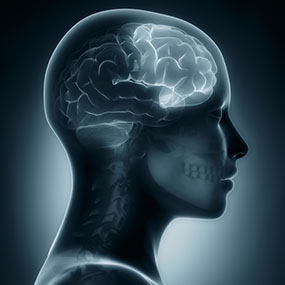 context to visual information may lead to delusion formation, and secondly how increased conviction in false memory may lead to persistence of these delusional beliefs. The plan is to adapt psychological tests of memory for spatial and temporal context and of conviction in false memory, to be used in people with Alzheimer’s disease with and without delusions. Participants will then take these tests during brain imaging, which will allow us to compare differences in brain activity in those with and without delusions and shed more light on how delusions develop.
context to visual information may lead to delusion formation, and secondly how increased conviction in false memory may lead to persistence of these delusional beliefs. The plan is to adapt psychological tests of memory for spatial and temporal context and of conviction in false memory, to be used in people with Alzheimer’s disease with and without delusions. Participants will then take these tests during brain imaging, which will allow us to compare differences in brain activity in those with and without delusions and shed more light on how delusions develop.
